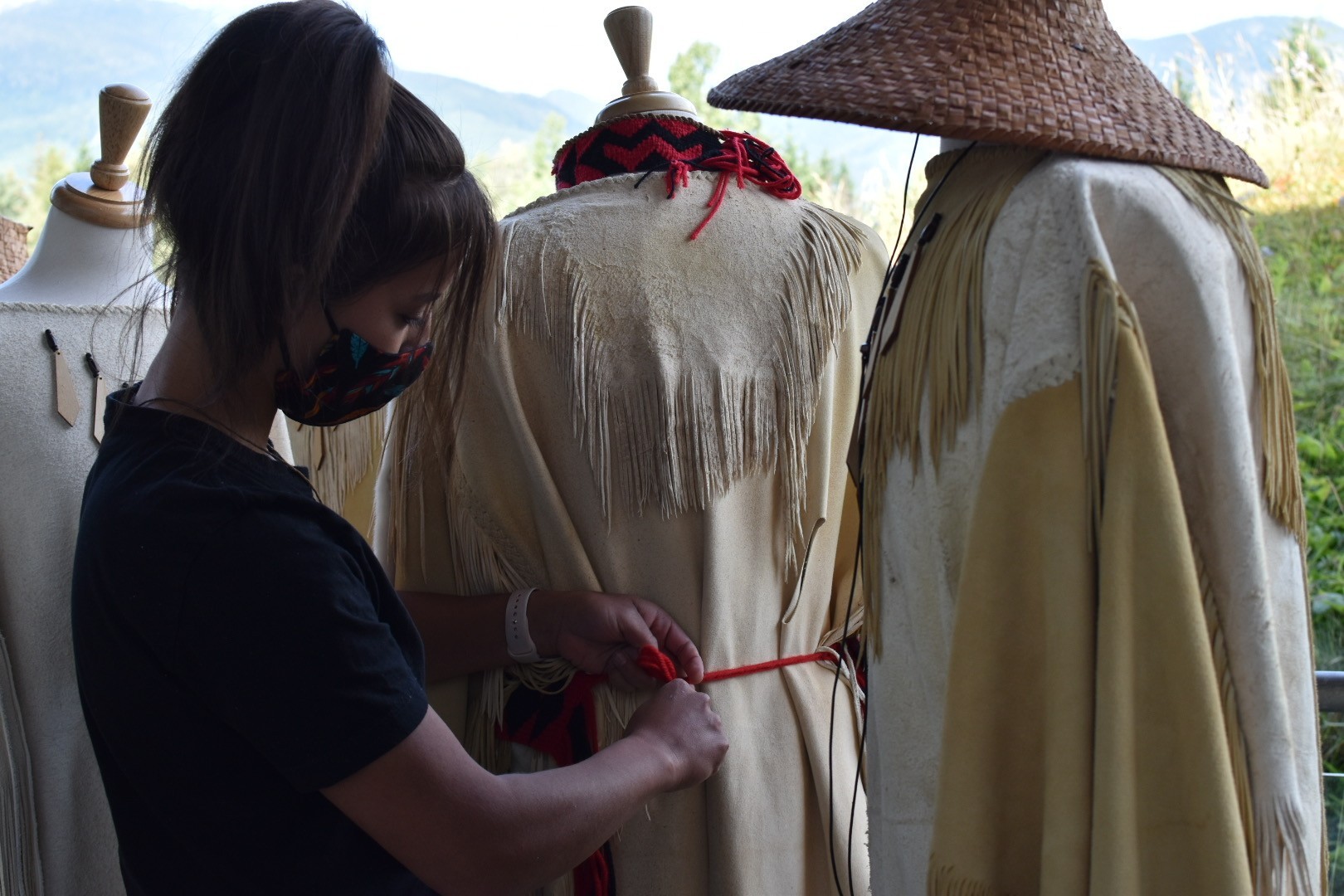
08 Aug Summer Regalia Series Part One: Intro & First Concept
Throughout the summer of 2020, SLCC Ambassador Sutikem Bikadi, Lil’wat Nation, is working on a re-activated exhibit in our Great Hall: the Summer Regalia Series. Building on the six pieces created in summer 2017, Sutikem will continue the creative process of adding adornments and details that share the distinct cultures of Sk̲wx̲wú7mesh and L̓il̓wat7úl.
Spo7ez Workhouse
The six pieces were originally made in 2017 as part of the Spo7ez Workhouse project in Gallery 3, showcasing the Squamish and Lil’wat Nations traditions of regalia making. Lead by Sutikem, the team included apprentices Cassandra McKewon (Lil’wat), Lotesha Pascal (Lil’wat) and Uriah Wallace (Lil’wat), and mentors Bansht Delmar Williams (Lil’wat), Ken Peak, Pam Baker (Squamish), and Alice Gus (Squamish). The result of the team’s craftsmanship are six pieces now worn by SLCC Ambassadors during cultural sharing, such as blessings and land acknowledgments.
Introducing Sutikem Bikadi, Lil’wat Nation
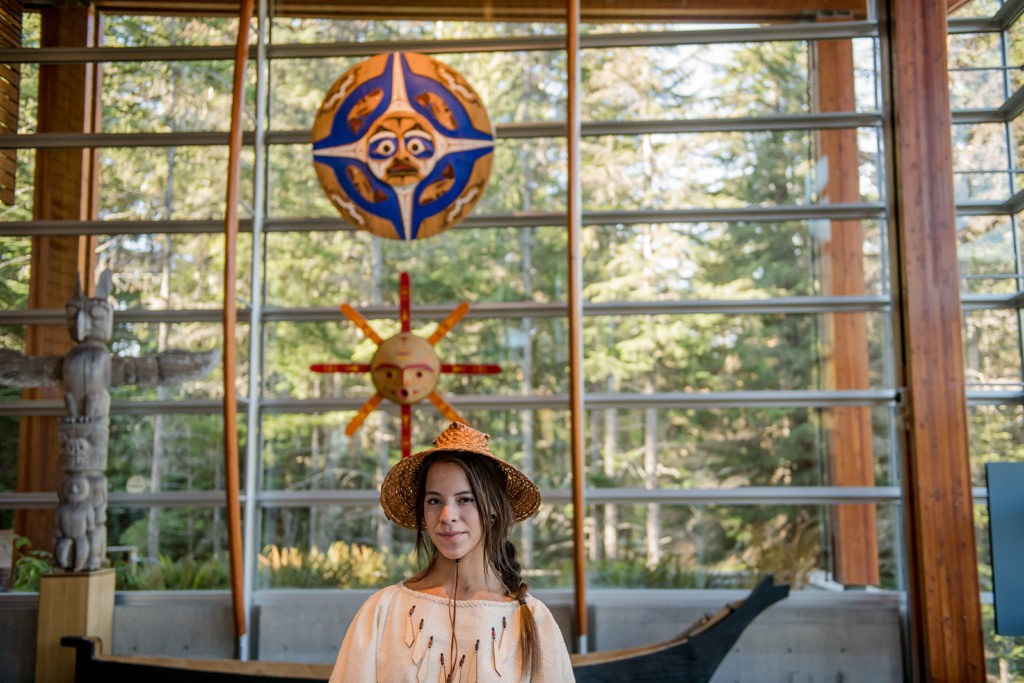
In 2002, the first language immersion class of it’s kind was launched in Sutikem’s community of Xet’olacw. She was the first, and oldest, student to graduate from this program speaking mostly Ucwalmícwts from grade one to four. As she got older, Sutikem thought and dreamt about creating traditional regalia, but didn’t realize she wanted to be a designer until a year after high school.
Growing up in a culturally oriented household, Sutikem’s mantra “We are built from our parents” informs her daily practices. She credits her skills to both of her parents’ teachings; they encouraged her to learn how to design regalia alongside them so she would enjoy wearing what was made. Working with her mother’s sewing machine and collection of buttons, closures, and fabrics, Sutikem created garments by using her own clothes and tweaking the pattern to fit her best. From her father, Sutikem adopted his practice of sketching his artwork prior to working with materials.
What is Regalia
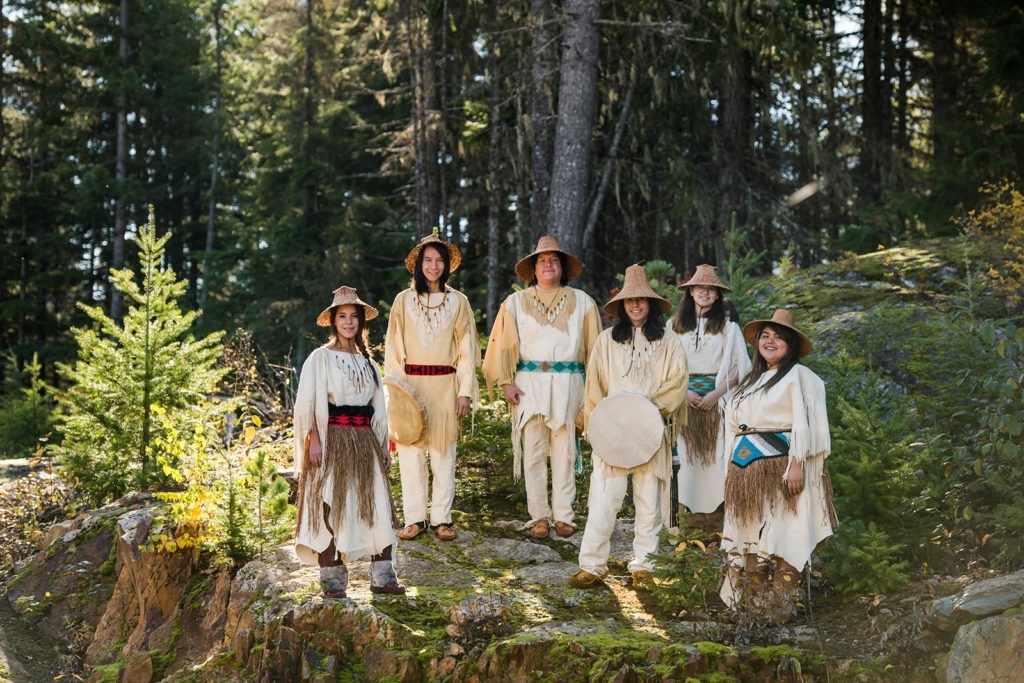
The Spo7ez Workhouse mentors and apprentices wanted to ensure that the pieces they were going to create were of high quality so they accurately represent the meaning of regalia, the highest form of wear. This way, the cultural team is shown as who they are, even to those who are unfamiliar with Indigenous culture. Acknowledging the strength that comes with revitalizing traditional attire from both Nations, Sutikem strives to empower the team when they wear these outfits.
Sutikem began thinking about her first concept idea when she first started working at the SLCC nine years ago. Since day one, she has shared with colleagues her vision of what the villagers of Spo7ez (the shared ancient village of Squamish & Lil’wat) would have worn. There was a lot of trading between the two communities, and it was pretty unique for Coast Salish and Interior Salish to come together as they had.
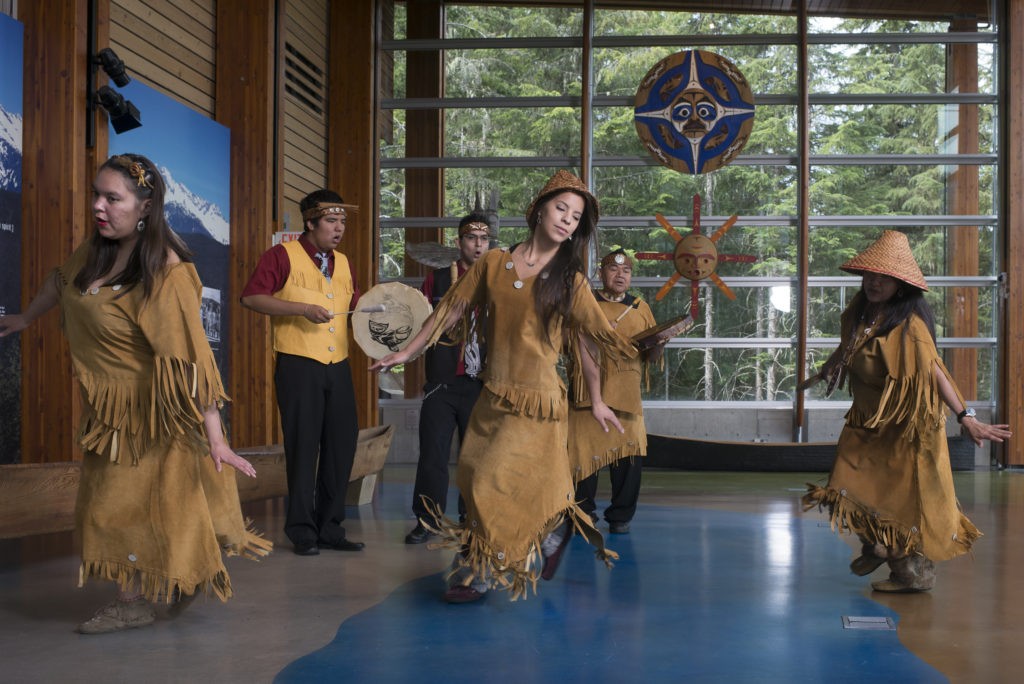
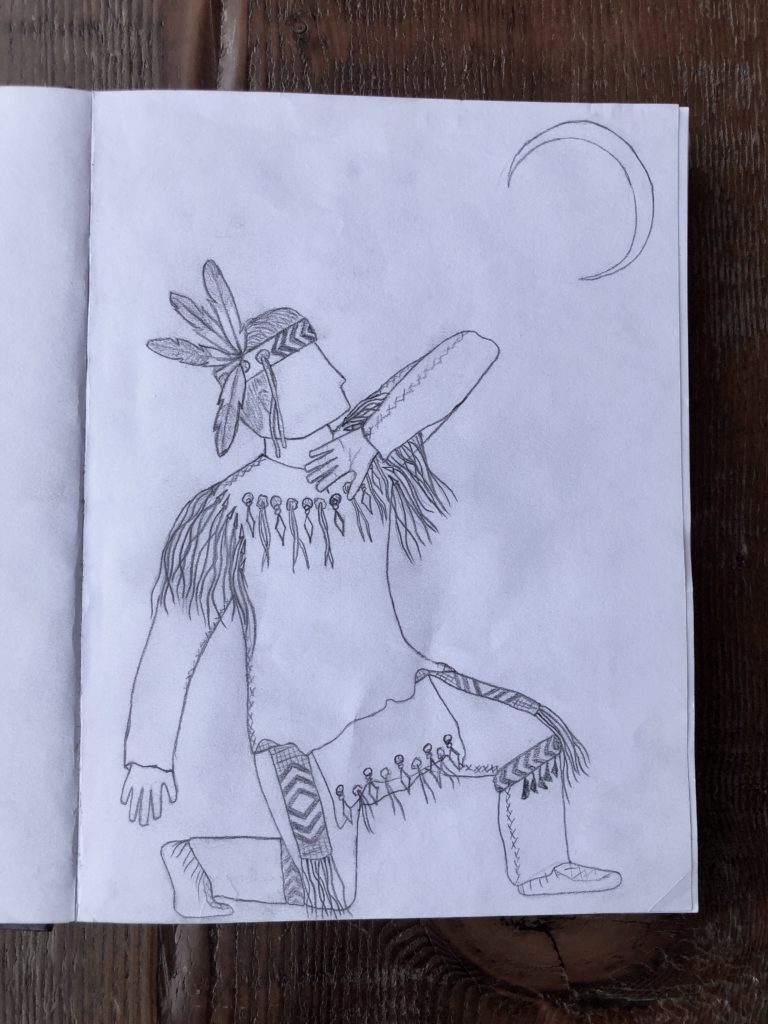
Materials – Leather
The team chose to work with the most authentic, local material they could source: the women’s dresses are made out of elk leather, while the men’s outfits are mostly made of deer leather with some aspects of elk. Each men’s outfit took two deer hides to make one outfit: the rump is used for the front/back panels while the upper half of the deer is used for the arms of the regalia. The raw edge of the leather has been preserved to ensure the designs are as organic as possible.
This project was the first time Sutikem worked on an outfit without her parents. Needless to say, the first cut was the hardest to do, since she was cutting into an expensive piece of elk leather. One goal Sutikem kept in mind while leading the creation of these pieces was letting the natural leather tell her where it wanted to go.
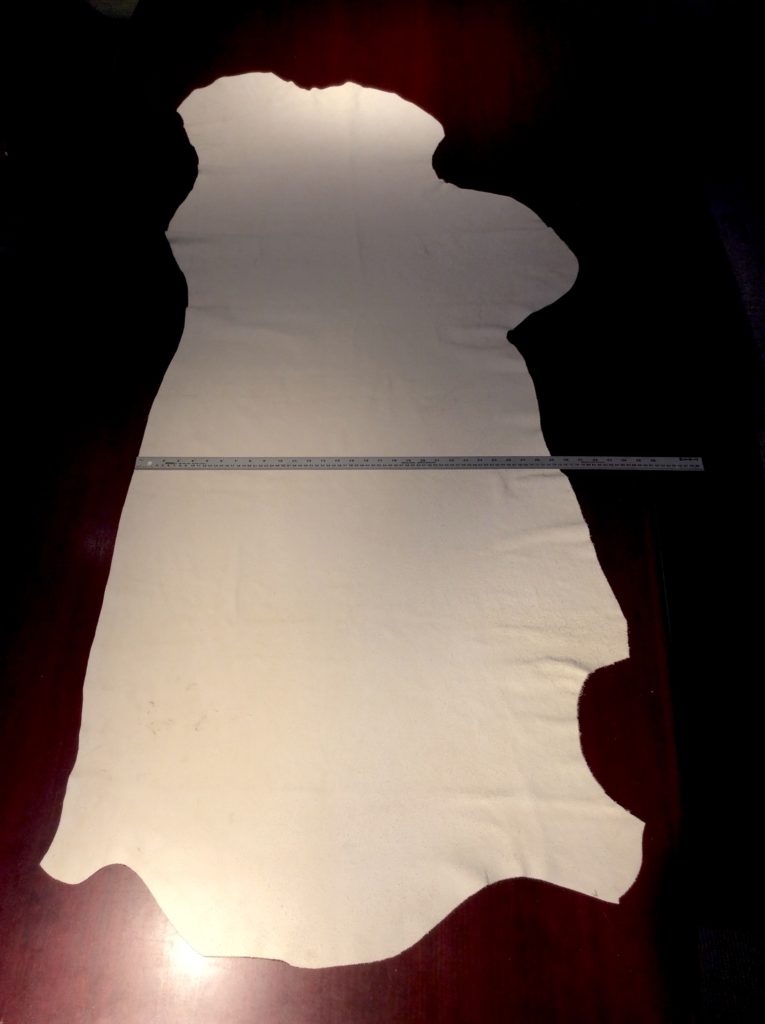
When they first received the leather, the team laid it out on the floor to see the natural shapes and took pictures to determine traditional patterns by using the shape of the animal in the garments. “If you know the animal,” says Sutikem, “most of the time you can tell which is the rump, neck, etc.” The centre of the leather is identified by the symmetry on both sides.
As part of this summer’s project, Sutikem is currently fringing the bottom of each piece to give them more movement and remove bulk, while still maintaining the shape of the leather by fringing along the natural waves.
When working on regalia, Sutikem strives to put good energy into her work. These regalia are living pieces, and she wants to see them danced ‘until she is grey’. Still in her early 20s, this is an inspiring goal and we look forward to it coming to fruition.
Sutikem works on the pieces Thursday to Saturday on the Great Hall’s balcony; she welcomes guests to visit her and ask questions about her process. If you can’t join us onsite, we host weekly live streams Thursdays at noon on our Facebook to share her progress and answer questions. If you’re interested in supporting the ongoing work of this project, you can make a donation to this project. To learn more about the finer details of the Summer Regalia Series, check out Part Two: The Finer Details.
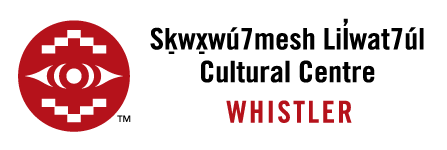

No Comments